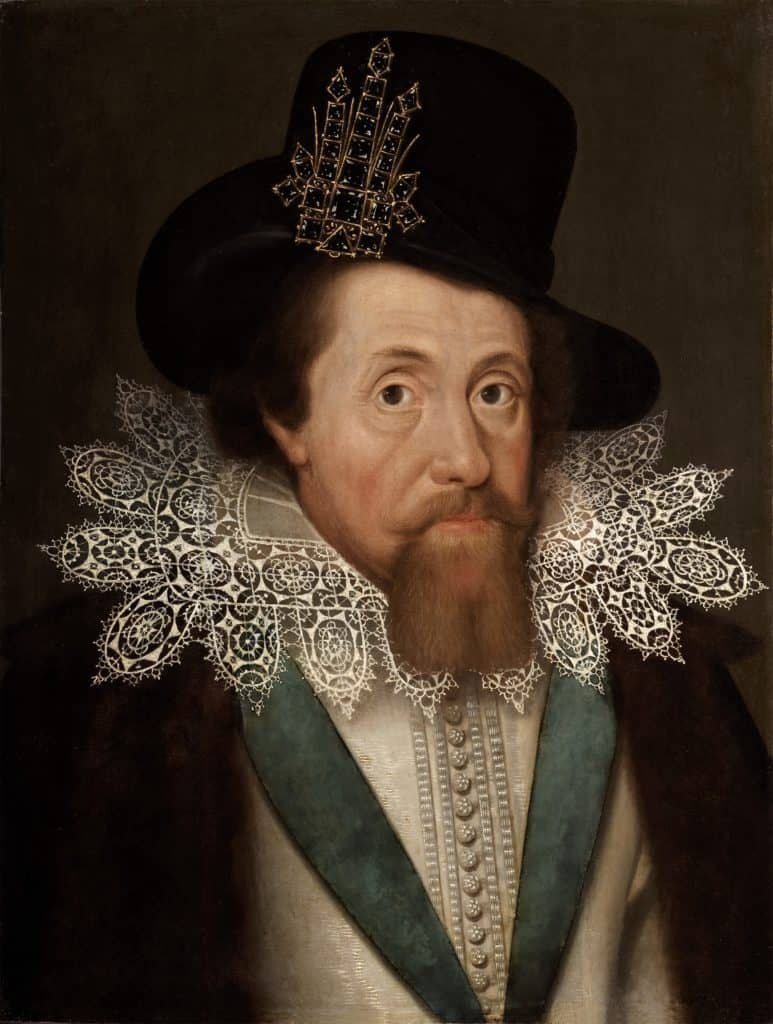On August 20, 1612, the single largest trial of witches in English history concluded at the Summer Assises in Lancaster Castle. In April of that year, twelve people from the Pendle area were arrested and charged with witchcraft. Of the eleven who survived to go to trial, all were found guilty. Of those eleven, ten were hung the next day.
The Pendle Witch trials as they became known, were the result of the dogged investigation of local magistrate Roger Nowell, who uncovered the supposed nest of witches in the area under his jurisdiction. This nest included members of two local families and an eclectic selection of their neighbors and associates. Some of the witches implicated themselves in crimes over several decades, including illness, misfortune, and murders by magic.
While a handful of the witches admitted their guilt freely, most of the accused protested their innocence. The evidence that convicted them was also suspiciously feeble. It seems that the political and religious mood of seventeenth-century England may have influence events- and the officials who motivated the trials. So how did the Pendle witches come to face their doom at the end of the gallows- and why?
Witches and Catholics
On March 24, 1603, a new ruling dynasty, the Stuarts, took over the English throne, when the last Tudor monarch, Elizabeth I died. Not everyone greeted the new regime enthusiastically. King James survived two conspiracies against him in the first year of his reign alone. Only two years after his ascension, he very nearly lost his life when disgruntled Catholics, disappointed by continued legislation against their religion, tried to blow up the King and Parliament in what became known as The Gunpowder Plot.

ADVERTISEMENT - CONTINUE READING BELOW
The Gunpowder Plot made Catholicism even more suspect. However, it was not only religious dissent that James feared. Witchcraft was a primary concern of his. Laws against the practice existed already. Early in her reign, Elizabeth I had passed the Act Against Conjurations, Enchantments, and Witchcrafts which condemned convicted witches to death- but only if they had committed harm by magic. James, on the other hand, had a manic paranoia about witches, which he believed, like Catholics, were out to get him.
In 1597, before his ascension to the English throne, the King had written the book, Daemonlogie. This book stipulated that it was the duty of every loyal subject of the monarch to denounce witchcraft wherever they might find it. Once he was King of England, James passed a further law against magic to bolster the existing Act. Now he was King of two countries, with potential enemies in both, he was taking the threat of magic very seriously indeed.
On the face of it, Pendle in the northern English county of Lancashire was distant from the affairs of Kings and governments. On the edge of the Pennines, it was a stark, remote area of hills and moorland, dotted with farms and small towns dedicated to the wool trade. The authorities, however, regarded Pendle as a wild and lawless area. It had resisted the dissolution of its local Abbey at Whalley, which provided work and support for many people in the area and eagerly returned to Rome on the ascension of Mary I. In short, it was an area of broad, deep-rooted Catholic sympathies.

